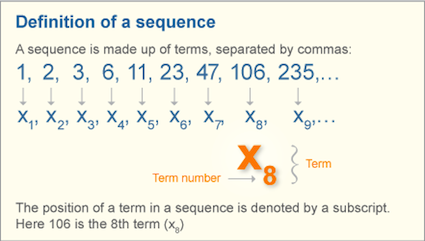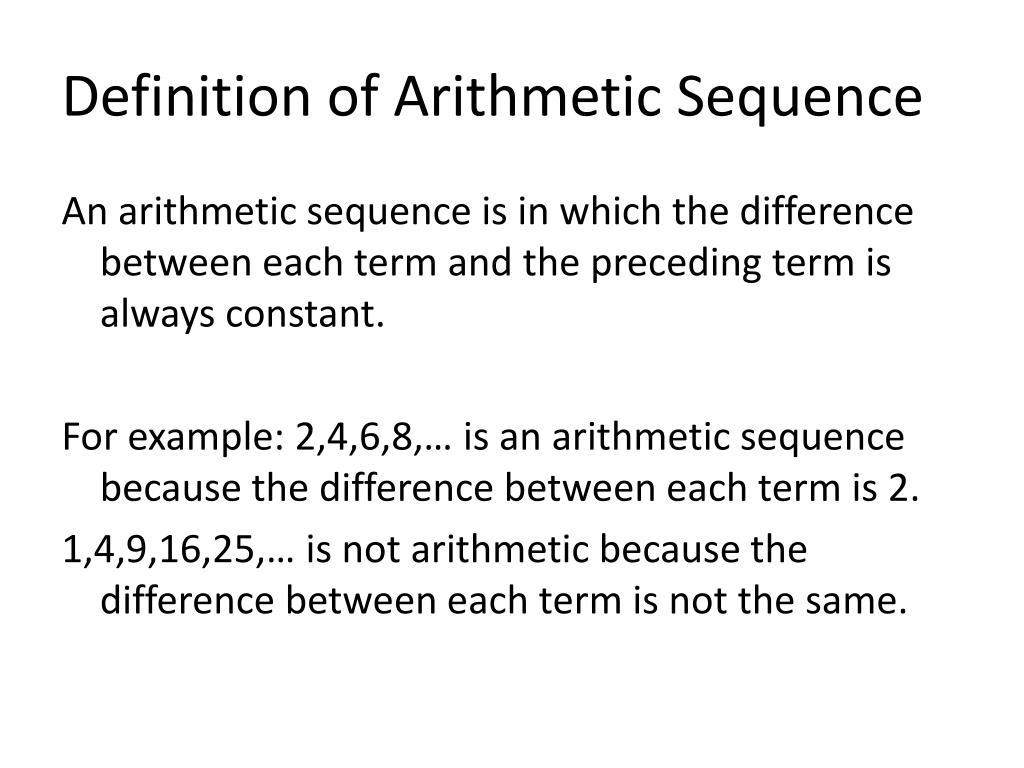
In arithmetic, usually around $$6$$th grade, you’ll hear “mean, median, and mode” thrown around quite a bit. That’s right – we’re not saying that arithmetic is mean (although it may feel like that sometimes!). What is a mean in arithmetic? You actually already know what it is - because “mean” is just a fancy word for “average”! “PEMDAS” is a fun acronym to help you remember the order of operations when more than one operator or expression is present: These operations can also exist side-by-side in expressions and equations, which is when you’ll need to know the PEMDAS rule. Here are the four basic arithmetic operators: Operators tell us how one value should relate to another. Okay, now that we’ve got our bearings, let’s get into some MATH!Īrithmetic is generally thought of as basic operations - addition, subtraction, multiplication, and division - and those operations are the main foundation of this branch of mathematics.Īs you progress through arithmetic learning, those basics will combine and coexist to form other concepts like:īut right now, we’re focusing on the basics, so let’s start there! Arithmetic operatorsĪrithmetic is all about the building blocks, and the basic arithmetic operators are some of the most important building blocks around! From adding your shopping cart total to dividing up dinner portions, you’re constantly performing arithmetic whether you know it or not! In a way, you can think of arithmetic as the most basic everyday math.įun fact: You can also thank arithmetic for the advancement of society! Arithmetic has been instrumental in getting us from Ancient Egypt to now farming, economies, technology, and so much more were all made possible by arithmetic.

Once you start going through examples, you’ll see that arithmetic is everywhere you look. Sure, it’s nice to know the true mathematical definition of arithmetic, but it’s also important to know how it applies to your life! There are a few different ways to define arithmetic as a branch of mathematics, but here’s how we like to define it:Īrithmetic is a branch of mathematics that deals with numbers, their properties, and operations with numbers.

For now, let’s get a good picture of arithmetic as a field of study. If you find yourself struggling with a particular example, don’t forget to use your Photomath app to scan the problem so we can walk you through it. That being said, every school and every student is a little different, so wherever you find yourself on the arithmetic adventure is totally valid! Sixth grade isn’t just the start of middle school (and all the feelings that go with it!) it can also be the end of basic arithmetic training and the start of algebra - but that’s a whole other discussion 😉.Third, fourth, and fifth grade starts to get more complicated with fractions, decimals, percentages, proportions, and different word problems.Second grade might also dive into rounding numbers or even simple word problems.


First & second grade go through the basics of the basics: mainly addition and subtraction, but sometimes multiplication and division, too.So, depending on grade level, arithmetic can look a little different: Arithmetic touches every other branch of mathematics, acting kind of like the basic building blocks for more complicated and advanced topics. Arithmetic is the most fundamental branch of mathematics, which is why it’s so important to learn and really understand.


 0 kommentar(er)
0 kommentar(er)
